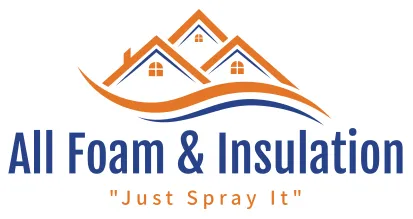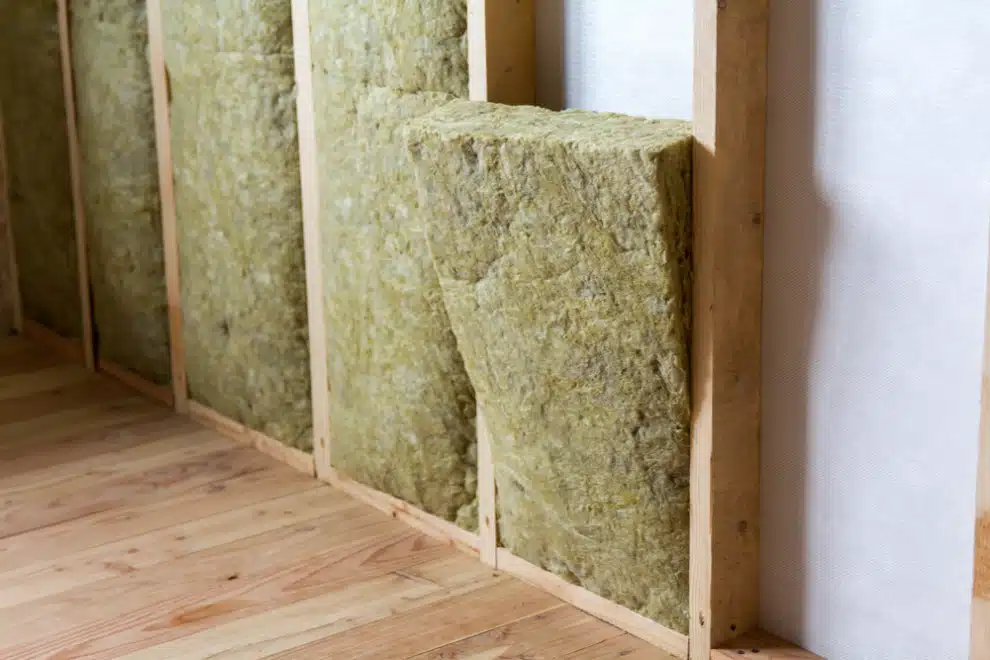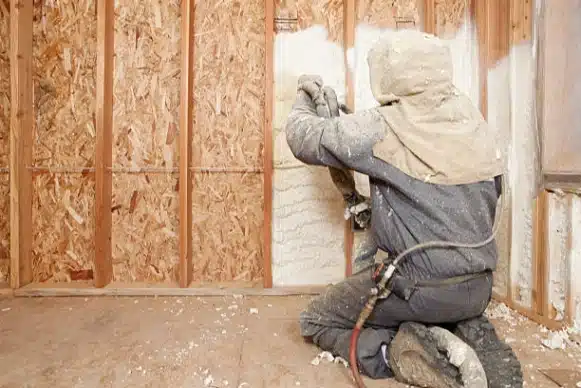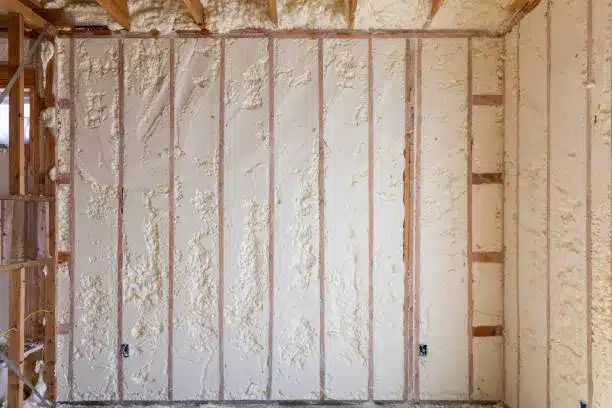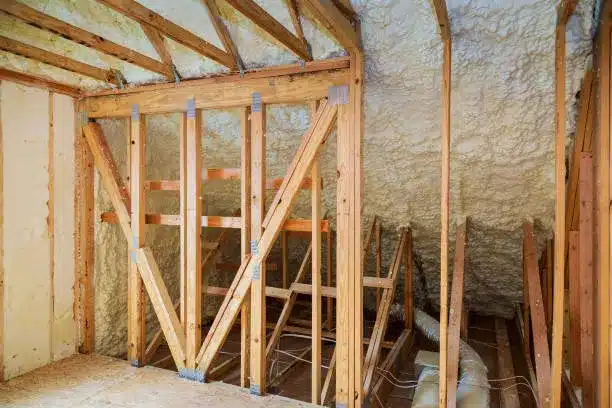Effective soundproofing in Ashland, OR homes depends on selecting the right insulation method based on noise source, wall construction, and energy performance goals. Closed-cell spray foam and fiberglass batt insulation offer the best balance between sound dampening and thermal resistance in Ashland’s variable climate. For interior applications where cost or air barrier performance is not a priority, open-cell spray foam and blown-in insulation can provide effective acoustic support at a lower cost.
This guide explains the most effective insulation materials for managing airborne and structural noise. It draws from direct experience installing insulation in Ashland-area homes, factoring in climate patterns, building code requirements, and material behavior over time.
How Insulation Performs in Ashland’s Climate
Ashland’s climate features wet winters and hot, dry summers. Insulation must perform across wide temperature shifts and high seasonal moisture. Materials that resist air movement and provide vapor control reduce energy loss and control sound better over time.
- Closed-cell spray foam prevents air and moisture flow, improving sound isolation in damp conditions.
- Open-cell spray foam absorbs internal noise effectively but should be used in dry, interior applications.
- Fiberglass loses performance if compressed or exposed to moisture, requiring careful installation.
- Blown-in insulation fills gaps well but may settle over time, impacting both sound and thermal performance.
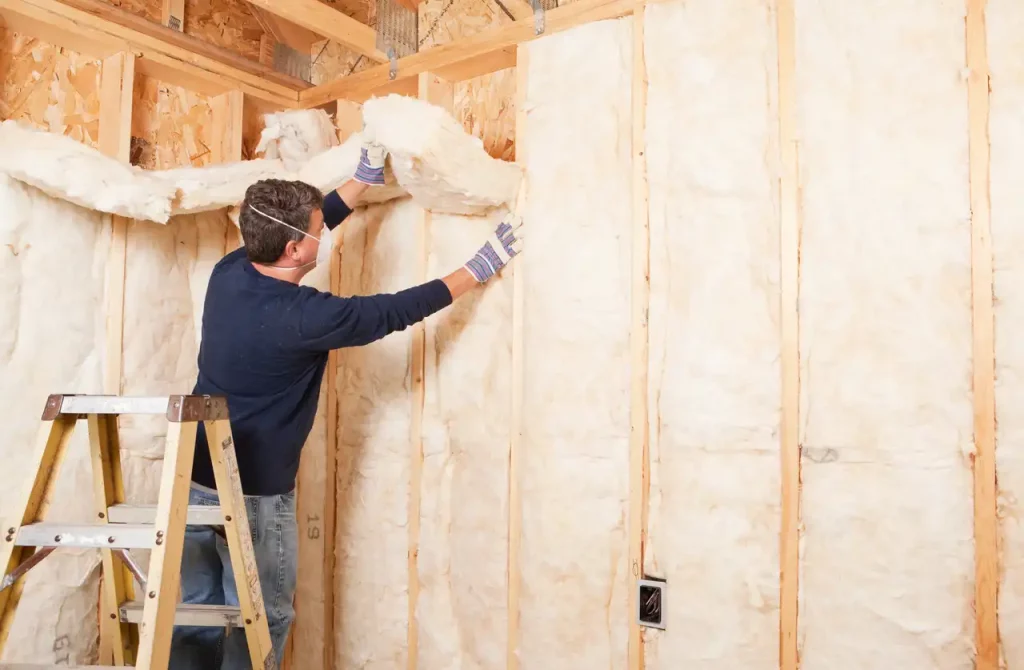
Bonus Tip: In dual-purpose installations, prioritize materials that balance air sealing with sound dampening. In basements or external walls, closed-cell foam offers both.
Technical Performance Data
| Material | Air Leakage Control | Water Vapor Permeance | Installation Time | Fire Resistance | Settling Risk |
|---|---|---|---|---|---|
| Closed-Cell Spray Foam | Excellent | Low (Class II Vapor Retarder) | Slow | High | None |
| Open-Cell Spray Foam | Good | High | Medium | High | None |
| Fiberglass Batt | Poor | Medium | Fast | Moderate | Low |
| Blown-In Insulation | Moderate | Medium | Fast | Moderate | Medium |
Things to Consider Before Making a Decision
- Noise Source: Determine if sound is airborne (voices, TVs) or impact-based (footsteps). Open-cell foam works better for airborne noise. Dense materials like closed-cell foam are better for low-frequency or impact sound.
- Wall Composition: Older homes may lack insulation depth, limiting what can be installed without significant reconstruction.
- Moisture Concerns: If the area is prone to condensation or humidity (e.g., basements), choose moisture-resistant materials.
- Budget: Material and installation costs vary widely. Assess long-term value instead of up-front costs alone.
- Thermal Goals: If upgrading insulation, select materials that improve both acoustic and thermal performance.
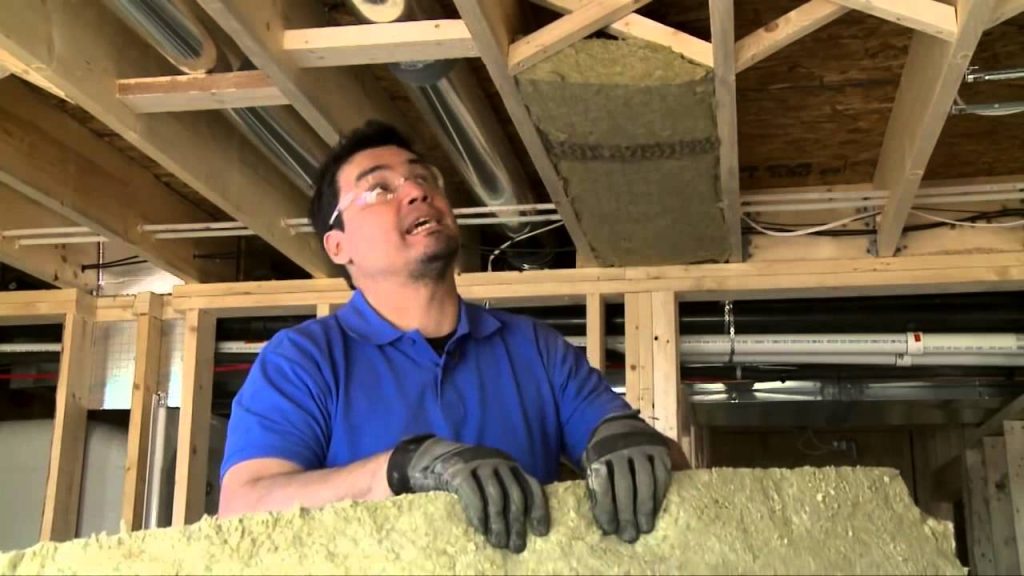
Bonus Tip: Always combine insulation with sealing techniques (e.g., acoustic caulk, double drywall) for best sound control.
Relevant Services Available
The following services directly address home soundproofing challenges in Ashland’s climate:
- Closed-Cell Spray Foam: Seals and insulates in one step. Ideal for exterior walls and basements with moisture issues.
- Open-Cell Spray Foam: Excellent for interior noise control where vapor barriers aren’t needed.
- Fiberglass Batt Insulation: Cost-effective option for framed walls and ceilings in conditioned spaces.
- Blown-In Insulation: Fills attic cavities or enclosed walls. Useful for retrofits where removal of existing drywall isn’t desired.
Common Questions
Which insulation method blocks noise best in interior walls?
Open-cell spray foam provides the highest sound absorption for interior wall cavities.
Can insulation help with sound from outside traffic?
Yes. Dense materials like closed-cell foam reduce low-frequency sound transmission through exterior walls.
Is soundproofing insulation fire-rated?
Most modern materials are treated for fire resistance. Always confirm the ASTM E84 rating with your installer.
Get Expert Insulation Guidance
To choose the most effective soundproofing insulation for your home in Ashland, contact All Foam & Insulation, LLC. Call (541) 826-9600 or email [email protected] for guidance based on years of field experience and proven performance across Oregon homes.
FAQ Section
How long does spray foam insulation last?
Spray foam can last 20+ years when properly installed and protected from UV exposure or mechanical damage.
Is it safe to install spray foam in old homes?
Yes, but ventilation and vapor concerns must be reviewed first. Closed-cell foam can trap moisture if walls aren’t breathable.
What maintenance does blown-in insulation require?
Periodic checks for settling and moisture intrusion are advised every 5–7 years.
Can I combine insulation types in the same home?
Yes. Blending materials allows you to optimize both cost and performance by application zone.
Does insulation eliminate all noise?
No. It reduces transmission but won’t fully block structure-borne or flanking sounds. Use in conjunction with physical barriers.

